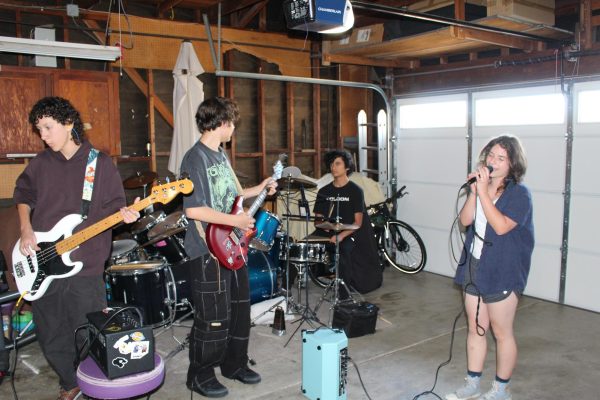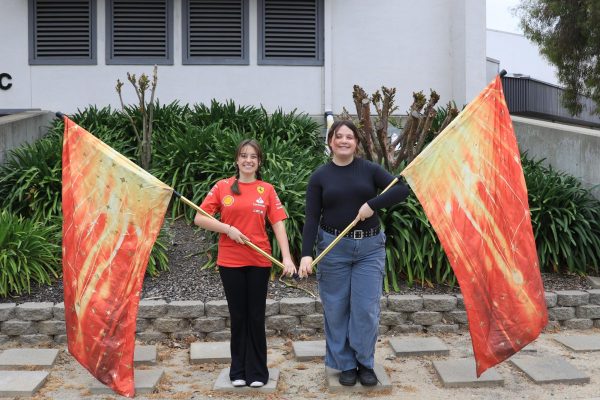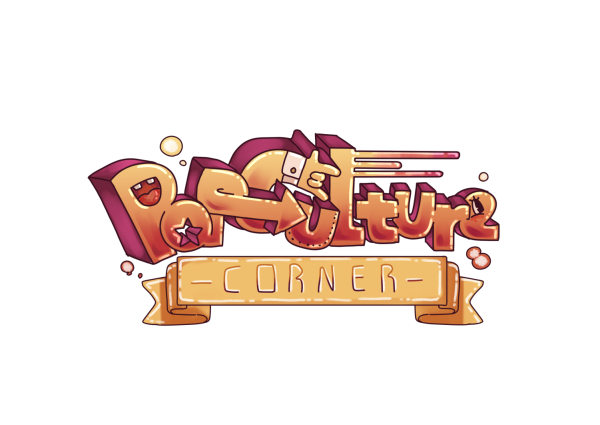Digital Paw Print: A New “Start” For Windows
Nearly 30 years ago, Microsoft released Windows 1.0.
On the day of its release, the well-known American company changed the world forever.
No longer would the world be dominated by Apple’s Macintosh or the IBM Personal Computer, which ran IBM BASIC.
Though critics were skeptical of the new operating system, Windows eventually evolved into an operating system that dominates nearly 90 percent of all personal computers, according to netmarketshare.com.
Fast-forward to 24 versions after its initial release, Microsoft has announced Windows 10, which will be released later this year.
Let’s take a look.
First off, what does Windows 10 have to offer?
Well, the biggest change to the OS is the return of the classic “Start” menu.
The “Start” menu was introduced in Windows 95, and it’s one of the operating system’s most iconic features.
Sadly, it was removed in Windows 8.
But Microsoft has realized its mistake, and is proud to announce that it has returned the “Start” button back to its rightful place.
Windows 10 also incorporates Cortana, a digital personal assistant previously exclusive to Windows Phones.
This is a huge step forward for Microsoft, as Apple has not integrated Siri into OS X nor has Google integrated Google Now into its Chrome OS.
Keep in mind, Cortana isn’t quite as polished as she is on Windows Phone.
On Windows 10 for PCs, Cortana can’t draft emails or check future events in your calendar. You also can’t ask her for directions.
But remember that this is the first time a virtual assistant has ever been built into an operating system, and also that these commands were tested on an early build of Windows.
Some, if not all, of these commands will be included in the official release or in an update.
Another cool feature in Windows 10 is known as “Continuum.”
This feature will help people who own tablet hybrids, or devices that support mouse and keyboard input as well as touch input.
If users want to go into tablet mode on their hybrid, all they have to do is detach or fold back the keyboard, and an on-screen prompt will ask them if they’d like to go into tablet mode.
One of the most hated features of Windows 8 was the new “Modern” apps.
These apps, which are downloaded from the Windows Store, can only be moved to a portion of the screen, or minimized, with no ability to resize them as you would a normal application.
In Windows 10, “Modern” apps can now be resized just like a normal application with no need to snap them to one side.
Lastly, the operating system, for the first time in the history of Windows, will be released for free for the first year.
The pricing after that period of time hasn’t been announced.
Windows 10 will come to Windows 7, Windows 8.1, and Windows Phone 8.1 devices.
Windows 8, which was a vision of the future for the PC, ultimately was a step backward.
But at last, it seems that Microsoft is righting the wrongs, and making an OS that can proudly wear the 30-year-old name of Windows.



